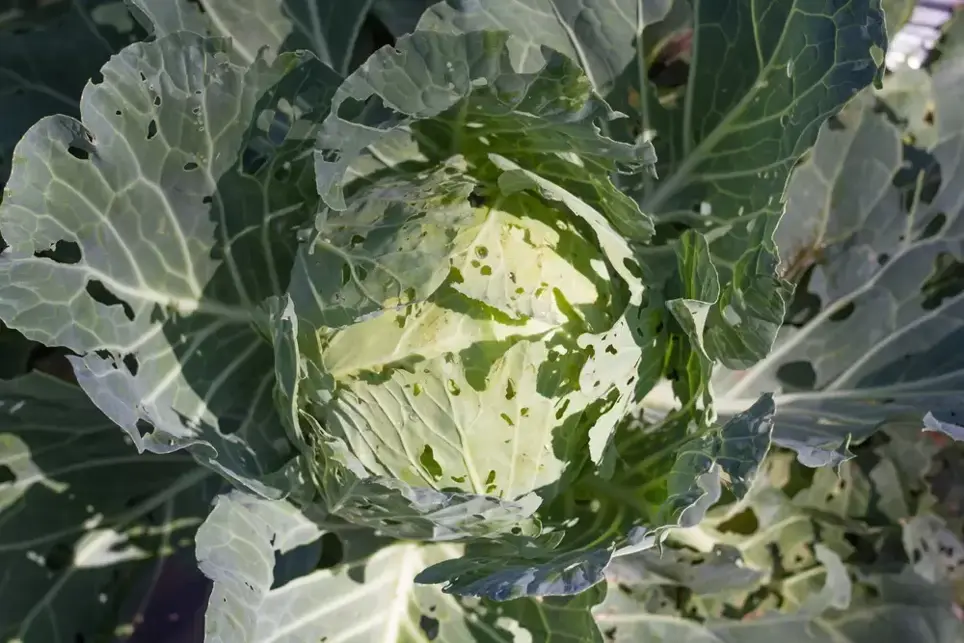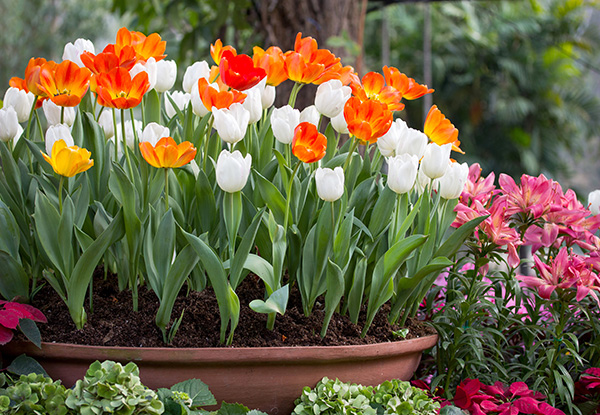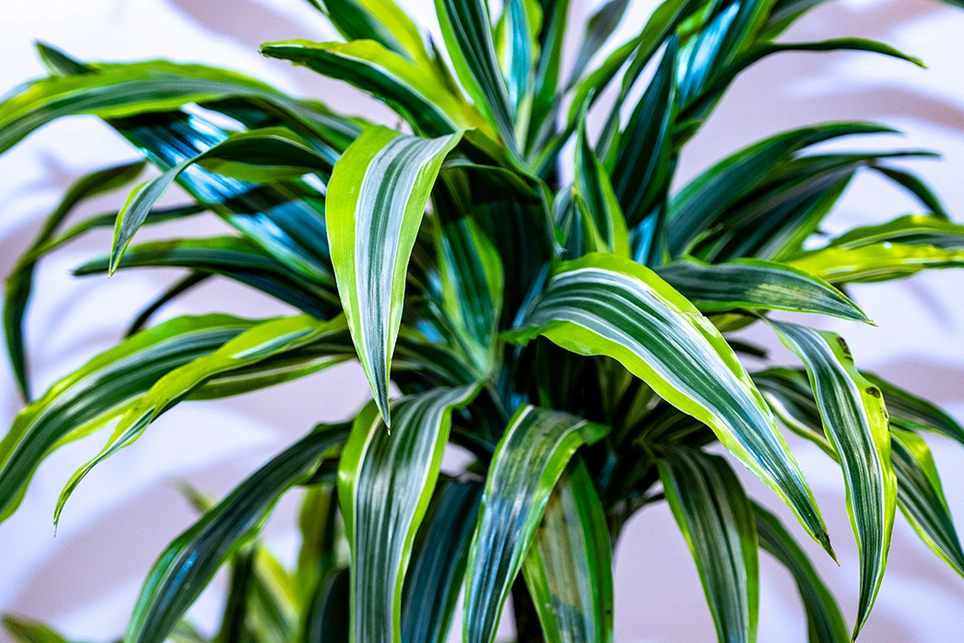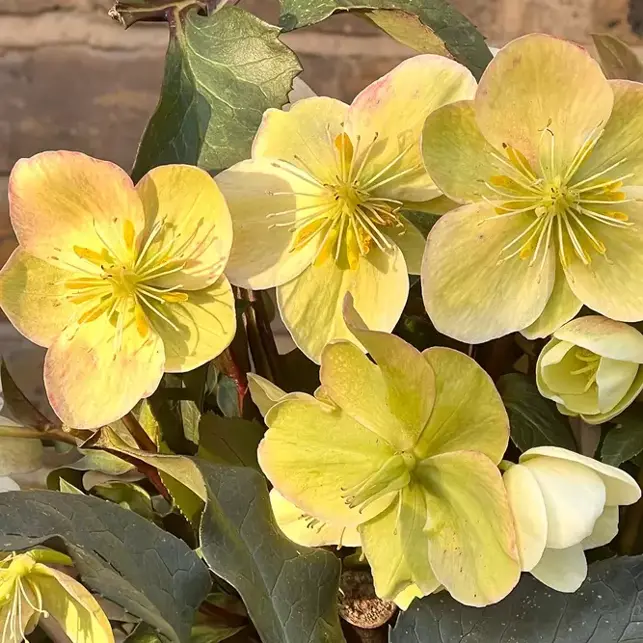
Wondering how to get rid of cabbage worms in an organic way can seem confusing, but there are many ways, most of which are preventative, which is ideal. Cabbage ‘worms’ means any of the green caterpillars that enjoy munching your plants. Mostly they will head to your brassicas such as cabbage, cauliflower, sprouts and kale. If you spot any white butterflies in your garden, you will most likely have the caterpillars, as they lay small yellowish eggs on the undersides of brassica and mustard leaves.
Picking them off
The oval-shaped eggs can be hard to spot, but if you have a good look every day, you may spot a group of the eggs, often underneath the foliage. You can squish the eggs, and if you see any caterpillars, remove them by hand and leave them out for the birds to eat. If you’ve got a lot, it can take some time to get on top of the cycle, but it can be done, and your vegetables can be saved.
Companion planting
Planting a variety of plants together is a great way to help biodiversity. If you were only to grow one crop, you might find many more pests, diseases and even poor soil over time. So by planting different plants, they can grow together beneficially. Great plants for brassicas include many herbs from
- thyme
- oregano
- lavender
- marigolds
- nasturtiums are another useful companion plant as the caterpillars can eat it as a sacrificial crop.
Netting for prevention
Prevention is where it all begins. Using butterfly netting, you will find they can’t get near your plants even to lay their eggs in the first place. Remember that a fine mesh will also keep pollinators out, so ideally, one that is big enough for some insects but not for the ones you don’t want.
Try planting different coloured varieties
Some people report that planting red or purple varieties of cabbages, for example, means they don’t recognise them and therefore don’t lay or munch the plants. Worth a try!
Using an organic spray
There are options to spray your plants which can be especially useful if you have a heavy infestation. The most important thing to remember is that you dont want to harm beneficial insects or eat anything you are growing that has been sprayed with something inedible.
Visit us in store to buy your companion plants, netting and organic sprays.







